Act leader David Seymour rises to the challenge
Act leader David Seymour rises to the challenge
David Seymour is impressing NZ’s top business leaders, with over 50 per cent of those surveyed scoring him 5/5 for political performance.
When respondents to the Herald’s Mood of the Boardroom survey were asked to rate Seymour’s performance since the October 2020 election on a scale where 1= not impressive and 5= very impressive, he received a score of 4.36/5 — the highest rating of all political party leaders.
This is also the highest score he has received in the Herald’s annual survey. Seymour, who has been in Parliament and leader of Act since 2014, has seen increasing scores over the past three years — 2018: 2.24/5; 2019: 2.37/5; 2020: 4.03/5.
Says Federated Farmers CEO Terry Copeland: “David Seymour is the only minor party leader making any traction in serious debating the major issues.”
“David Seymour has been a standout performer with clear communication and pragmatic suggestions,” says Beca group CEO Greg Lowe. “There is room for more multi-party collaboration on solving some of the big challenges facing New Zealand.”
“Seymour is articulate, challenging, and shows common sense,” says an education provider.
A banking chair adds: “David Seymour is faster off the mark than National, and also comes up with more specific positive suggestions.”
Respondents expressed their surprise that Seymour has managed to keep himself front and centre of the party.
Following last year’s election, nine new ACT MPs were swept into Parliament after the party’s popularity soared.
For a party that has had only a single MP since 2011, many were concerned about whether Seymour would be able to keep his new caucus — made up of some people that didn’t necessarily expect to find themselves in Parliament — in line.
Seymour too was aware of this challenge.
Following the election result, he said: “There’s a challenge of course for me leading that team and I want to meld our caucus into a very high performing organisation and of course for them, Parliament is a bit of a weird place sometimes, and there’ll be a few ropes to learn but I’m very confident they can do it.”
But CEOs say it is a testament to his leadership that his caucus has been disciplined in their public messaging, and is one of the reasons contributing to many respondents suggesting Seymour is the “de facto Leader of the Opposition”.
When asked whether Act provides a more credible opposition to the government than other parties, 62 per cent of respondents said Yes.
Some 21 per cent said No, and 17 per cent responded Unsure.
Recent preferred prime minister rankings have seen Seymour pull ahead of National leader Judith Collins, and this notion has been supported by the survey results.
But some respondents caution that people seek out a credible alternative governments, which Seymour alone cannot fill.
“The only visible part of the Act Party has been Seymour,” says Dentons Kensington Swan chair Hayden Wilson.
“He has been doing very well, but you need more than one person for a credible Opposition.”
“David Seymour has been able to project in an above average manner for a minor party leader and draw a following accordingly,” says Deloitte chair Thomas Pippos.
“The nature of the Act partner doesn’t lend itself to being the main opposition party.”
Many business leaders say that it is the clarity and focus on key issues that is giving Act an edge over National.
When the Delta outbreak hit in Auckland last month, Seymour was quick to respond with calls for the Government to bring back the Epidemic Response Committee, questions about infrequent wastewater testing, and why saliva testing isn’t a more widespread approach by the Ministry of Health for Covid-19 testing.
Other Act policies garnering attention include wanting electronic income checks for gang members to prevent them from spending welfare money on alcohol, gambling or tobacco; a teaching excellence reward fund to reward teachers who have demonstrated excellence in their role; and a range of housing policies including GST sharing, build-to-rent, and a public-private partnership for building houses.
“Irrespective of agreement with their policy or otherwise, they regularly present well-constructed arguments that the general population understands,” says Norwood CEO Tim Myers.
“David Seymour seems to be voicing genuine concerns of Kiwis,” says NZ Local Government Funding Agency chair Craig Stobo.
“David Seymour is making himself visible and crucially, choosing which issues to make a fuss about and which to let go through to the keeper,” says the CEO of a real estate firm.
Others applaud Seymour for being in a better position than National to hold the Government to account: “The Nats can’t do that at the moment because the public is tired of them.”
Another chief executive says that Act is disciplined, focused, policy-orientated, and “makes National look like a party of political amateurs, which is even more impressive considering they are parliamentary rookies with little experience”.
“Still think they are better as a minor party pushing an agenda and provoking thought,” says the head of a food producer.
“Don’t think they could run the country.”

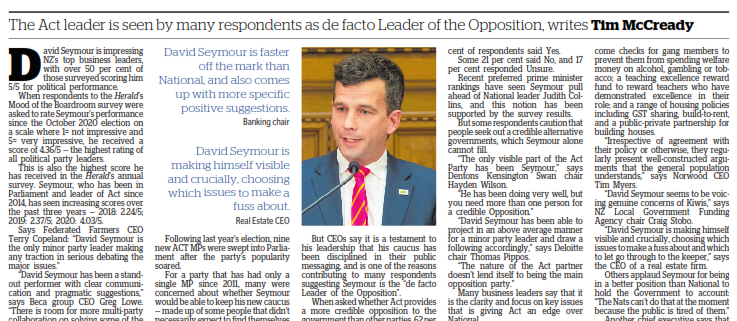
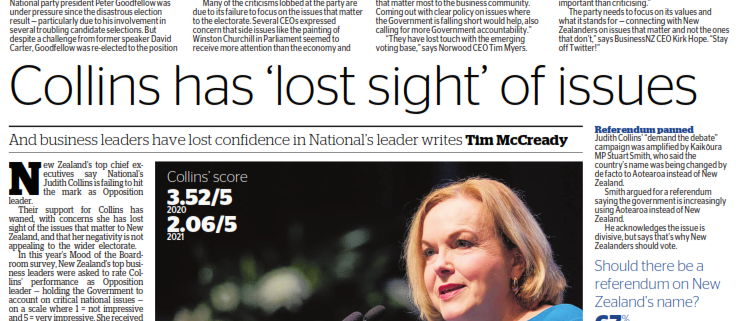
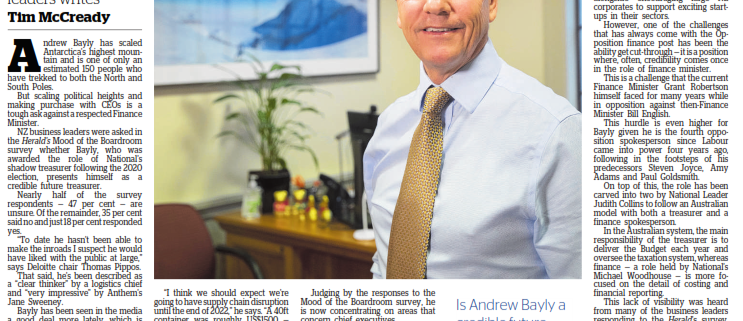
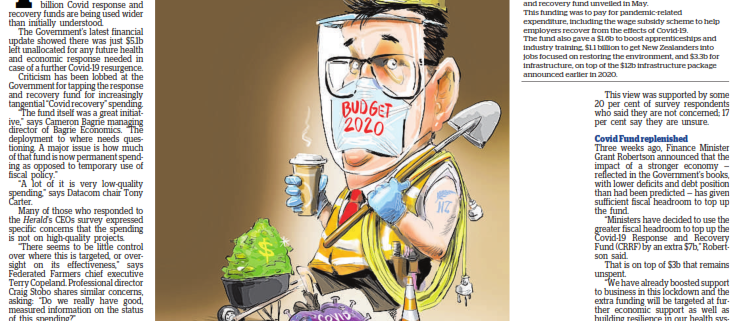
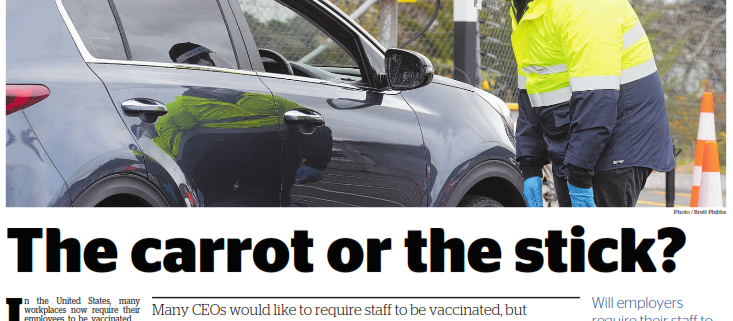
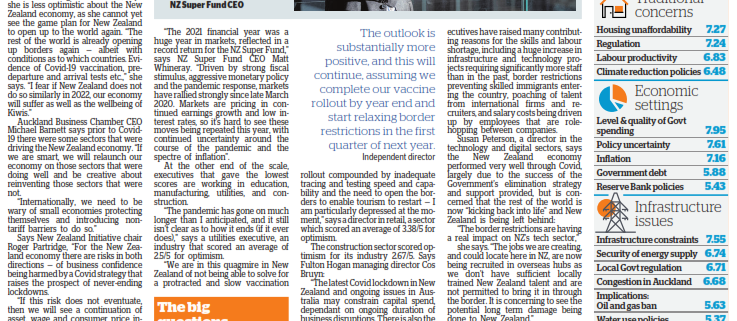

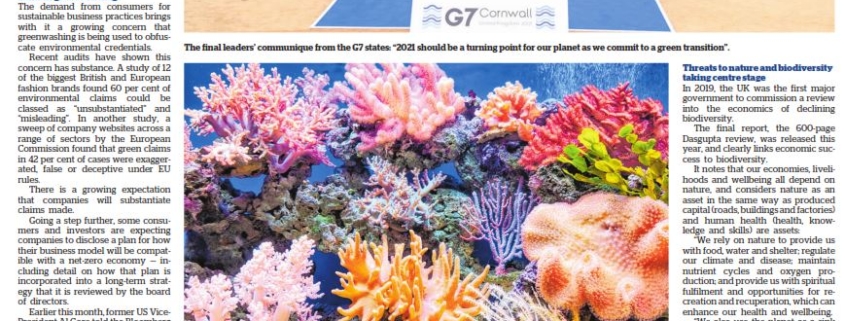
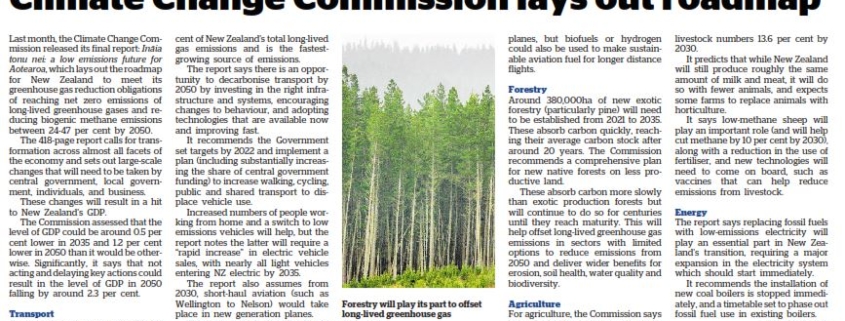

As New Zealand starts its journey to open to the rest of the world world, it was interesting to reflect on technologies being implemented globally that could play a part in NZ’s response:
🎤 The increased use of micro-influencers, particularly in the United States, to reach out to small pockets of communities that are vaccine-hesitant and allay concerns.
📌Wristbands (Singapore, South Korea, Hong Kong) and geotagged facial recognition (Western Australia) for ensuring home quarantine.
📱 Linking the Covid tracer app to vaccine status so that entry requirements can be varied based on risk and are validated when you scan into a venue (such as in Singapore, which requires double vaccination to enter restaurants, but a lesser requirement for office spaces).